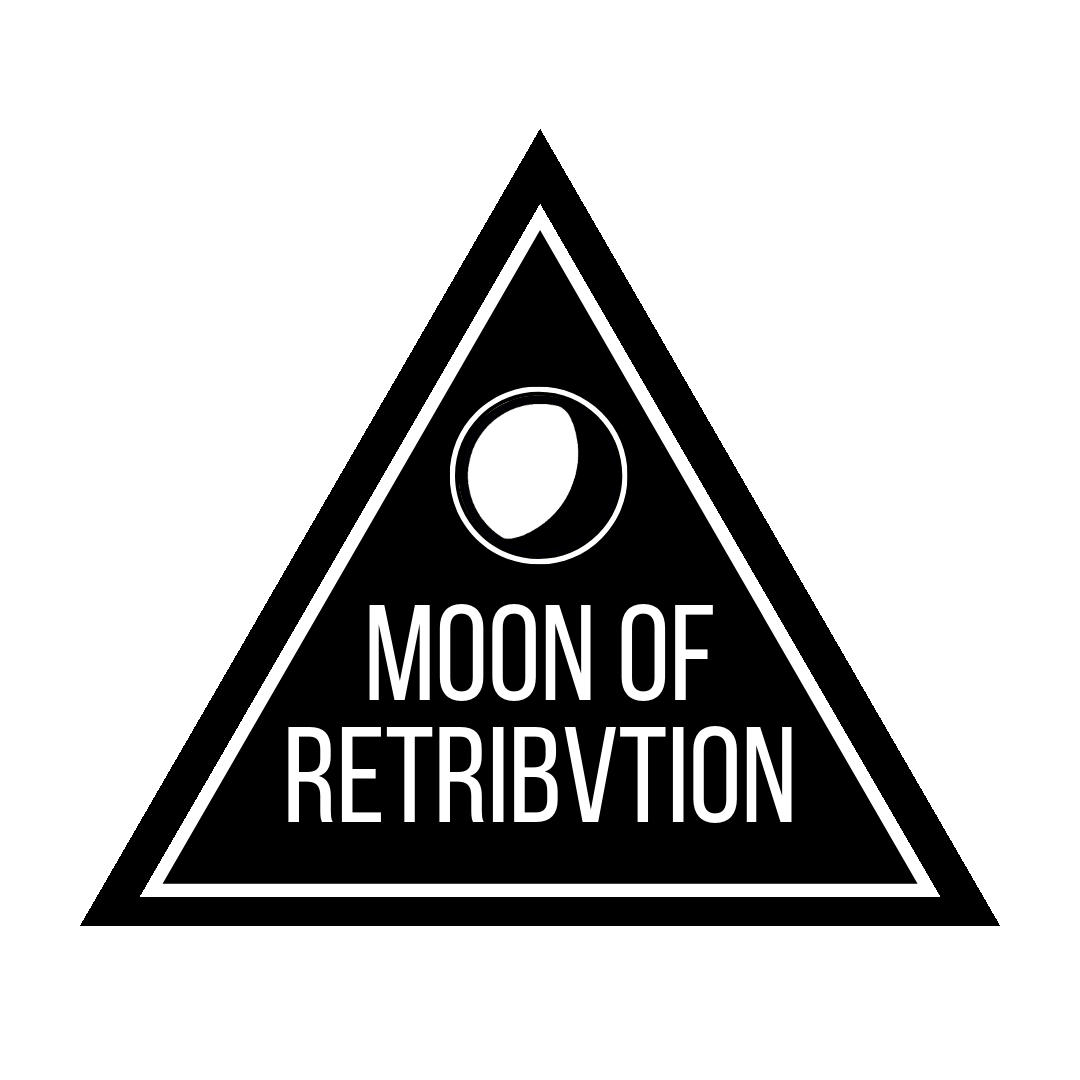When I visit gem shops, I love when they have tiny cards printed explaining the origin and magical properties of each stone. I also love reading my gem and crystal book, with its vivid descriptions and way more detail for every stone than I could ever memorize. The way these crystals are presented is such a fun juxtaposition of the scientific and the supernatural. As humans, our fascination with stones and curiosity about their influence on us goes back thousands of years, but I’m most interested in the medieval version of our crystal encyclopedias.
In the Middle Ages, magical lapidaries -- texts on the qualities and powers of gems -- were very popular, particularly in France, Italy, and England. While there were other lapidaries that focussed more on the scientific properties, and others that focussed on Christian symbolism, the magical ones focussed on powers that different stones could imbue. These stones were powerful enough to protect the user from harm or even cure illness. Sound familiar?
The Ancients
The medieval lapidaries had their roots in ancient Babylonian gem and astronomy theories. The Babylonians charted the movement of celestial bodies and ascribed meaning to stones based on these, maintaining that the power of each stone comes from the heavens themselves. The stones were used as talismans and amulets, carried or worn, so that their protective energies could serve the wearer. The ancient Greeks attributed medicinal properties to the stones. The stones were even ground up and administered to the sick in a potion. The Roman Plini the Elder used the Greek and Babylonian theories, among others, and concentrated strictly on a scientific, medicinal reading of the stones, only describing the previously-held magical beliefs ironically.
The Church
Though the church condemned the use of magic and therefore the use of gems as talismans, it nevertheless kept the work the ancients did describing the medicinal properties of gems and used it for its own lapidaries. Marbode, the bishop of Rennes (1035-1123 AD), wrote a treaty on the magical and medicinal virtues of sixty stones. His De lapidibus and his three lesser lapidaries consist of prose and poetry. One is a poem about the 12 foundation stones of New Jerusalem found in the Book of Revelation, while another is a medical text ascribing medicinal properties to the stones. The combination of Christian symbology with medical thought and magic made these lapidaries extremely popular. From Wheaton College’s Medieval Lit Bibliography:
The Practical
Albert Magne (1206-1280) wrote a lapidary called De Minibusibus, the serious contents of which were very influential on handbook-type lapidaries that circulated in France but were much less scientific, with headings like “If you want to promote love between two people...” This shows the popularity of using the stones as magical objects among the people. People have been using rose quartz to attract love for hundreds of years!
Whether you enjoy collecting stones because you find them to be beautiful, you use them for magical purposes, or think of them as protection (or all of the above), know that you’re part of very long tradition.
What source do you use when you want to know a stone's significance or attributed power?
Sources/Further Reading:
Harris, Nichola Erin. The idea of lapidiary medicine. https://rucore.libraries.rutgers.edu/rutgers-lib/25823/
Museu d’Historia de Catalunya: Per bruixa i metzinera http://bruixes.mhcat.net/index.php/la-bruixeria-i-la-magia-en-lepoca-medieval/pedres-lapidaris
Wheaton College: Medieval Lit Bibliography: Stones https://www.wheaton.edu/academics/programs/english/majors/resources/medieval-lit-bibliography/medieval-lit-bibliography---stones/

